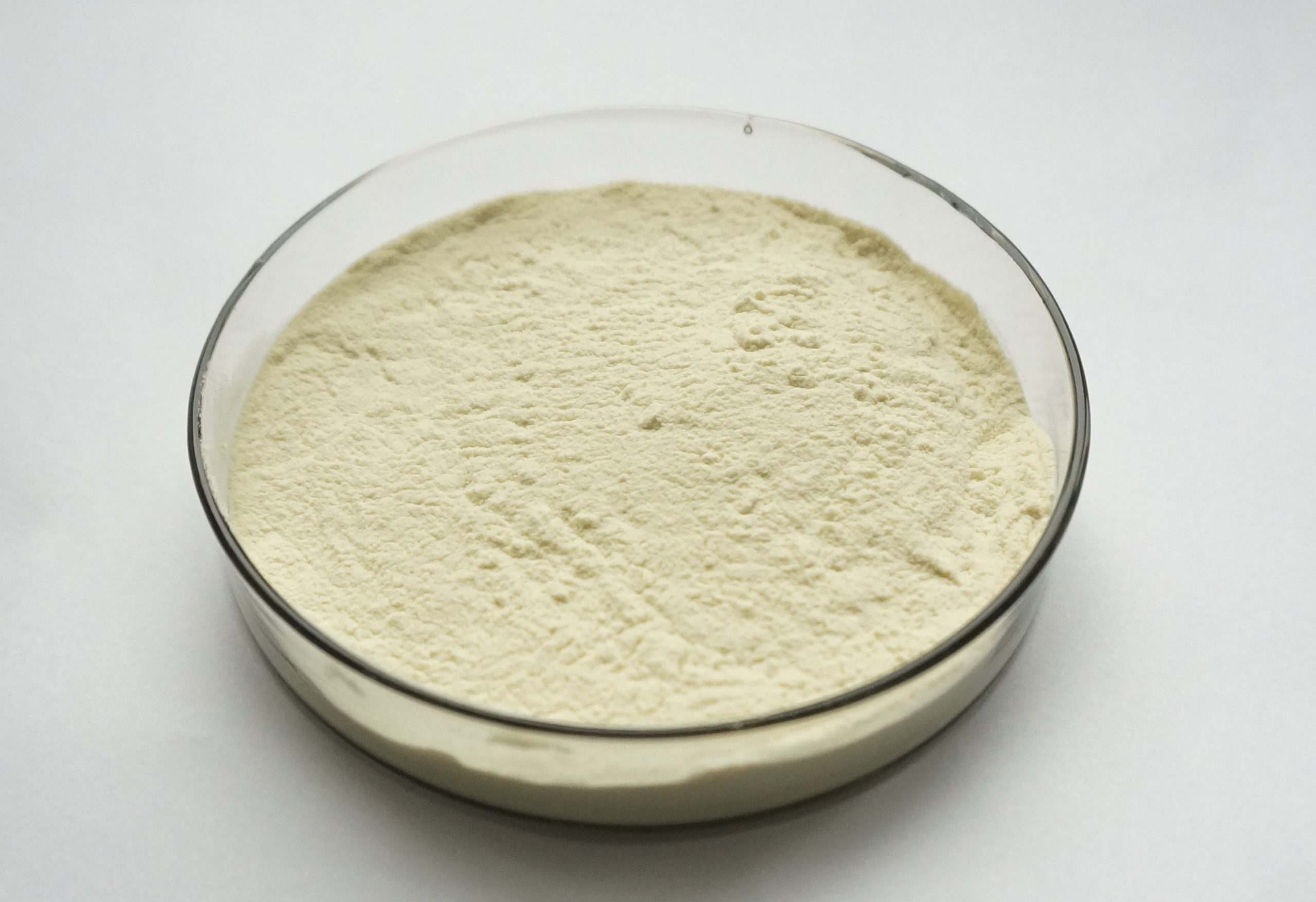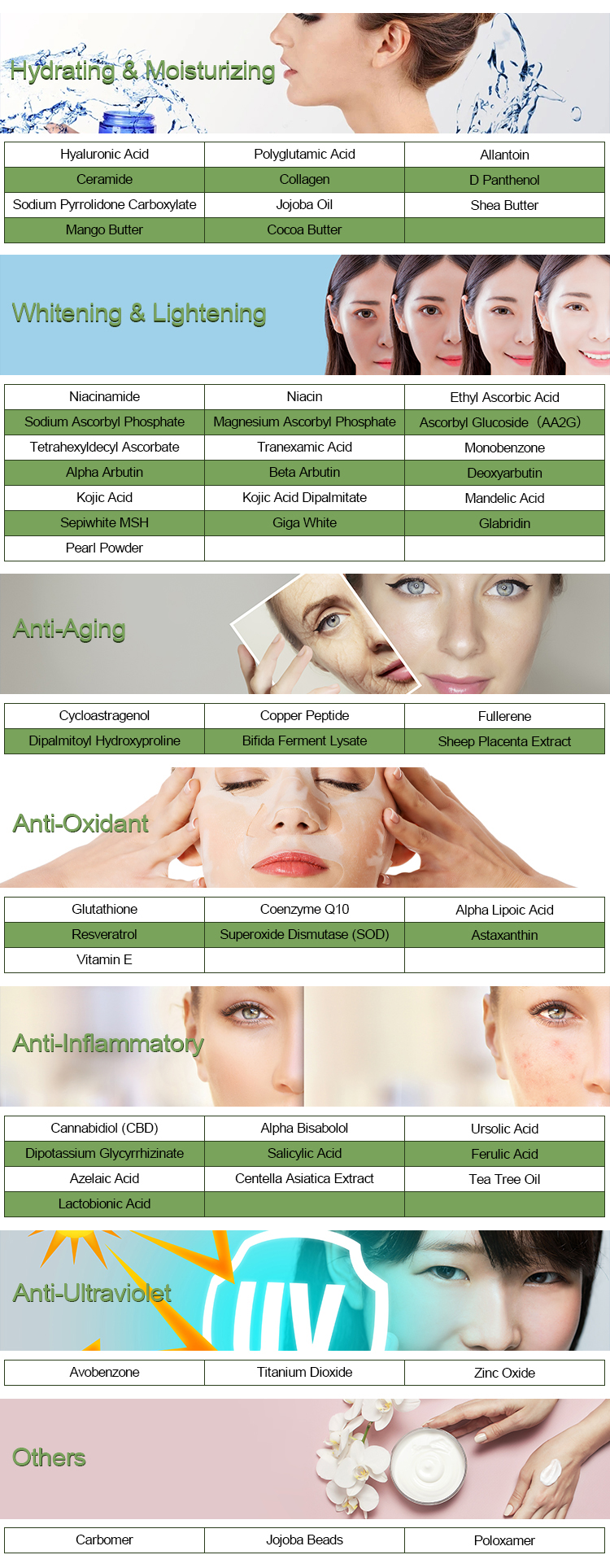Sericin is a protein found in silk produced by silkworms (Bombyx mori) and has gained significant attention in various fields due to its unique properties and potential applications. Here’s a comprehensive overview of sericin based on my knowledge up to September 2021:
1.Composition and Structure:
Sericin is a globular glycoprotein comprising of amino acids, including serine, aspartic acid, and glycine.
It is water-soluble, in contrast to the fibroin protein found in silk, which is insoluble in water.
2.Extraction and Sources:
Sericin can be extracted from silk cocoons and is often a byproduct of the silk industry. The silkworms secrete sericin to hold the silk fibers together.
3.Biocompatibility and Biodegradability:
Sericin is biocompatible, which means it is not toxic and can be safely used in medical and cosmetic applications.
It is biodegradable, making it an environmentally friendly material.

4.Medical and Pharmaceutical Applications:
Sericin has been explored for its wound-healing properties. It can promote cell proliferation, tissue repair, and collagen production.
It is used in the production of drug delivery systems, including nanoparticles for controlled release of drugs.
5.Cosmetic and Skincare Applications:
Sericin is used in cosmetics and skincare products for its moisturizing and skin-smoothing properties.
It can form a protective film on the skin, preventing moisture loss.
6.Textile and Fabric Industry:
Sericin can be used in the textile industry as a sizing agent or dye fixative.
It can enhance the properties of silk fabrics, such as softness and color retention.
7.Food and Nutraceuticals:
Some studies have explored the potential of sericin as a food ingredient, considering its nutritional value and health benefits.
8.Biotechnology and Tissue Engineering:
Sericin is used in tissue engineering and regenerative medicine to create scaffolds for the growth of cells and tissues.
It can support the development of artificial skin, cartilage, and other tissues.
9.Anti-oxidant and Anti-inflammatory Properties:
Sericin has demonstrated antioxidant and anti-inflammatory properties, which can be beneficial in various health and skincare applications.

10.Challenges and Future Research:
Challenges include optimizing extraction methods, addressing potential allergenic reactions, and improving the scale-up production of sericin.
Future research may focus on innovative applications, including the use of sericin in drug delivery, nanotechnology, and as a sustainable alternative to traditional materials.
11.Regulatory Considerations:
Depending on the application and region, there may be specific regulations and standards governing the use of sericin in different industries.
It’s important to note that research and applications related to sericin may have advanced since my last knowledge update in September 2021. If you are interested in a specific aspect of sericin or its recent developments, I recommend consulting more recent sources and scientific literature for the latest information.
